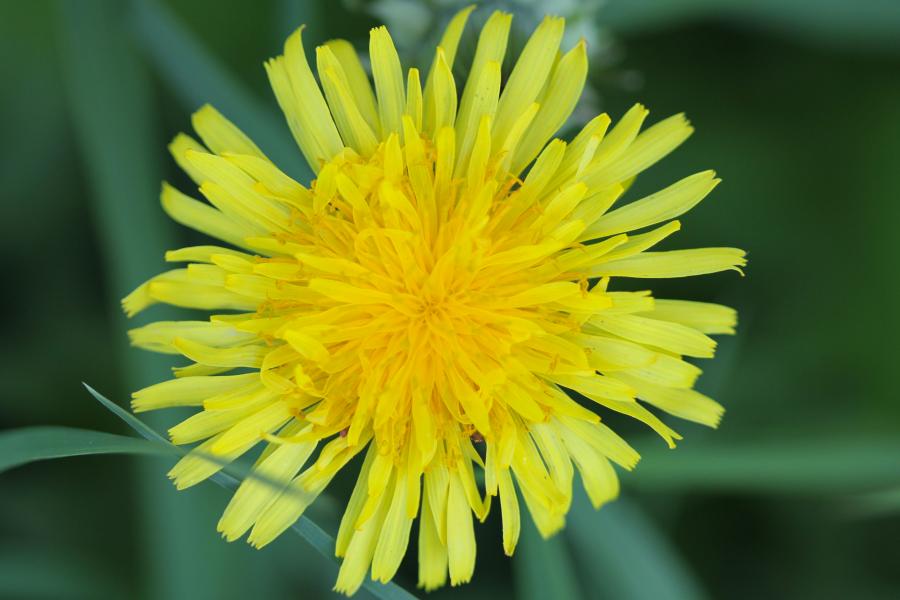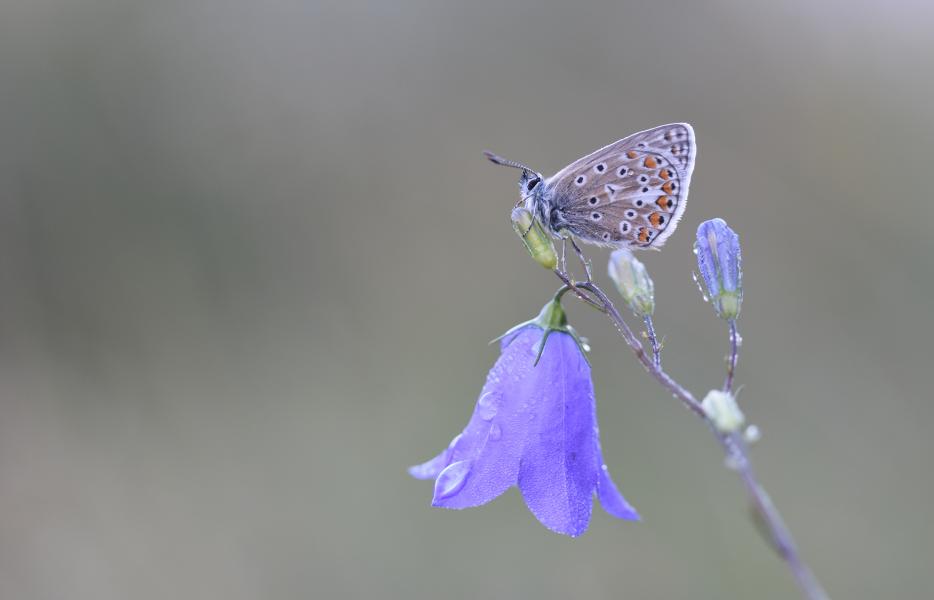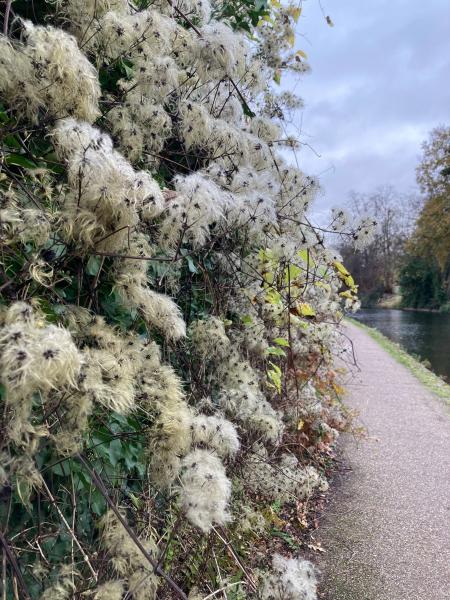Spotter's Guide - Autumn Wildflowers
Colourful wildflowers remain across our Forest sites throughout the autumn months. Here are our top 5 flowers to look out for on Forest visits this season.
The most common of the hawkbit family, the autumn hawkbit's yellow flowers can be seen throughout the forest’s grassy areas from June to October. Growing up to 60cm this wildflower is easy to confuse with catsear, another common species. However, it has smaller flowers and the top of the stem is more swollen and has many scale-like bracts. Its sharply tipped leaves are oblong and have deep pointed lobes, and they grow from a basal rosette. The beautiful yellow florets are usually around 12-35mm across and their outer rays are often striped with red.

This beautiful delicate looking wildflower can be seen from July to November. Harebells are creeping perennials with long trailing stems displaying small club shaped leaves at their base. In comparison the leaves growing on the flowering stems are elongated and narrow. Growing up to 40cm, this plant forms gentle blue bell-shaped flowers which grow in clusters at the tips of its stems. This plant has a preference for dry and undisturbed grassland and is often found on hillsides. Harebells are considered magical and can also be known as witches’ thimbles, fairy bells and cuckoo’s shoe!

Ivy is a common evergreen plant often seen growing up trees or walls and carpeting woodland floors. A common misconception is that Ivy strangles trees, in fact it does not cause any harm and supports a minimum of 50 species of wildlife! It is a woody climber using tiny white roots for support and has shiny deep green leaves. Mature plants produce yellow-green umbel flowers September to November. These flowers are an excellent late nectar source for many of our pollinators including honeybees, hoverflies and red admiral butterflies. The flowers later form purple-black berries. Ivy is found within many of the forests mature and ancient woodland sites, why not see if you can find it in flower?

Teasel flowers July to August but stands out most in the autumn and winter months. This wildflower can be found throughout the forest particularly within our woodland rides and forest edges. It is a tall plant and can reach up to 3m! It has thorny stems and its leaves are spine coated. First year plants’ oblong leaves form a rosette, in the second year these die back and are replaced by narrower stem leaves growing in opposite formation. Its flowers are tiny and purple growing from an egg-shaped flower head surrounded by long spiny bracts. Flowers will appear in bands around the seed head, starting from the middle before drying out and turning a warm brown. Teasel is well known for its dry brown conical seed heads, often seen in dried flower displays, but did you know that the seed heads are a valuable food source for the goldfinch?

Wild clematis is commonly known as either travellers joy or old man’s beard. The plants fragrant creamy white flowers, seen July to August, are fairly unassuming. However, in autumn the seed clusters display an impressive feathery white-grey appearance. Its leaves are pinnate and tooted and grow in an opposite arrangement. This plant prefers chalky soils and can be seen in some of our grassland habitats as well as scrambling over bramble and hedgerows. Traveller’s Joy supports a wide range of wildlife and is the food plant for many moth species including the chalk carpet moth. Its seed heads are also a good food source for birds during the autumn.




